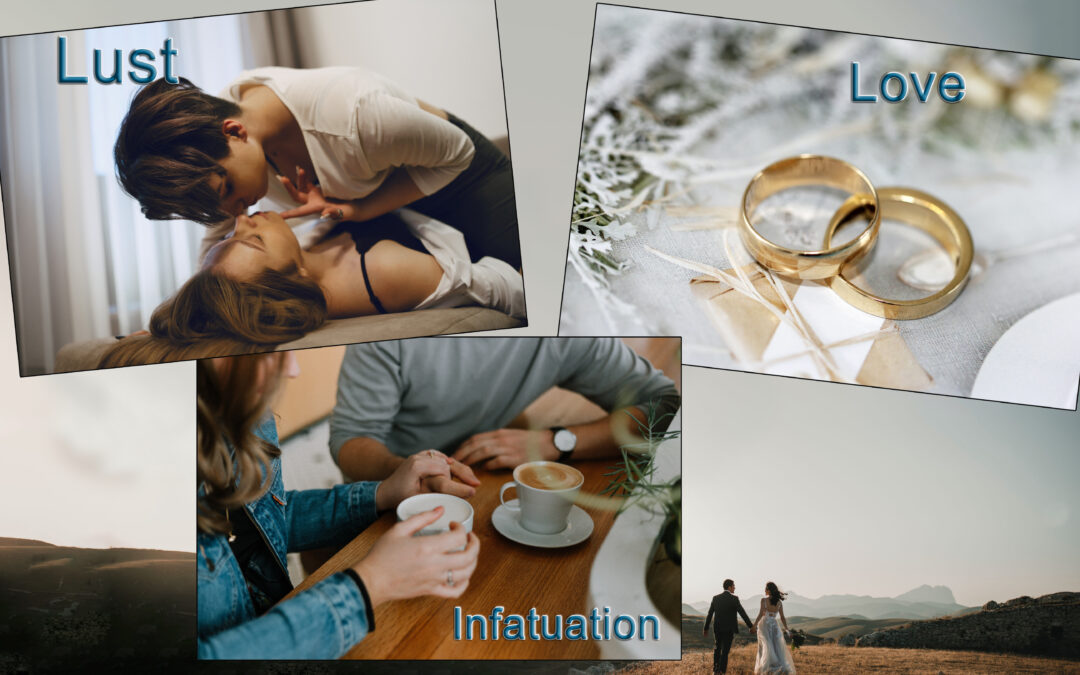Lust, infatuation, and love: their most common denominator is attraction. Everything begins in attraction in romantic situations. But there are different types and even different levels of attraction. It can be classified under lust, infatuation, and love.
Lust
Defined as “intense physical desire” or “sexual tension or attraction,” most people that declare “love at first time” may actually refer to “love at first sight.” It is mostly the attraction that speaks and urge them to make that first connection. This type of attraction is quite conditional. For example, if the person discovers that the object of their desire has bad breath, they run away and would most likely not to be seen around them again.
Infatuation
Almost like lust, but a little bit more complex, infatuation is the feeling of attraction more to the idea of being in love than toward the person. Being infatuated mostly changes the person’s idea of love to work for them. This make this type of attraction conditional. For example, if the person discovers that the object of their affection does not fit in their lifestyle, they could either work to change the person (or change themselves) or they could also let go of the idea of them being together because “it may not work…we’re too different.”
Love
Love is when after the bouts of attraction, there is friendship, respect, admiration formed along with passion, desire, and attachment. Then there is the decision to commit to the object of their love—through thick and thin, sickness and health, “for richer or poorer,” “for better or worse.” Love is unconditional.
All these three types of attraction may not necessarily be different. There have been a lot of relationships that began in “lust at first sight” or infatuation and still ended up with the promise of forever. And then there are also relationships that had the promise of “forever” since the beginning, but they never really made it to the “happy ever after” stage. All in all, any type of relationship needs work.

